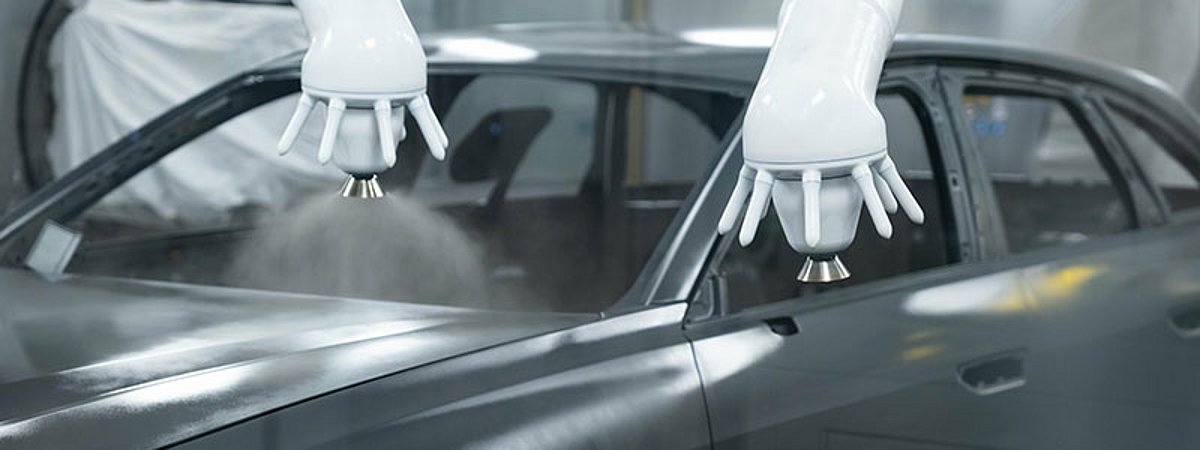Audi: Renewed vehicle paint shop for lower energy consumption

When it is completed in 2025, the renovated Audi paint shop at the Neckarsulm site will be one of the most modern in the automotive industry. Numerous processes have already been optimized and environmentally friendly procedures introduced for the start-up of the Audi A5.
While sustainable water-based paints have long been standard at Audi, new models also undergo a new painting process. The so-called filler is replaced by a pre-zone paint. The previous separate drying of the filler is no longer necessary, allowing Audi to significantly reduce energy consumption: Up to 140 kWh can be saved per vehicle. In Neckarsulm, Audi relies on modern and effective methods to prevent corrosion. In cathodic dip painting, for example, the body is now dipped into the tank upside down and rotated in a rotation process. This is both more space-saving and more thorough, as minimal air bubble formation and dirt deposits can be avoided. A new, more energy-efficient process is also used for drying the cathodic dip coating. Instead of the previous external drying process, a so-called transverse drying process is now used, in which air is blown into the interior and the bodywork is heated from the inside. As well as being more energy-efficient, the cross-dryer is also better suited to future electric and hybrid vehicles with their requirements for longer curing times.
Audi achieves a further energy saving of around 50 kWh per vehicle thanks to a new paint separation process. Previously, the paint mist was collected in water with 100 percent fresh air and then disposed of. In the new dry separation process, state-of-the-art filters capture it instead. With this process, more than 90 percent of the filtered process air can be reused. This largely eliminates the need for energy-intensive conditioning of fresh air. At the same time, in contrast to conventional wet separation, the use of fresh water and chemicals is completely eliminated. Audi also aims to halve its ecologically weighted water consumption in production by 2035. To achieve this, the car manufacturer in Neckarsulm is relying on a closed water cycle with the wastewater treatment plant adjacent to the plant.
